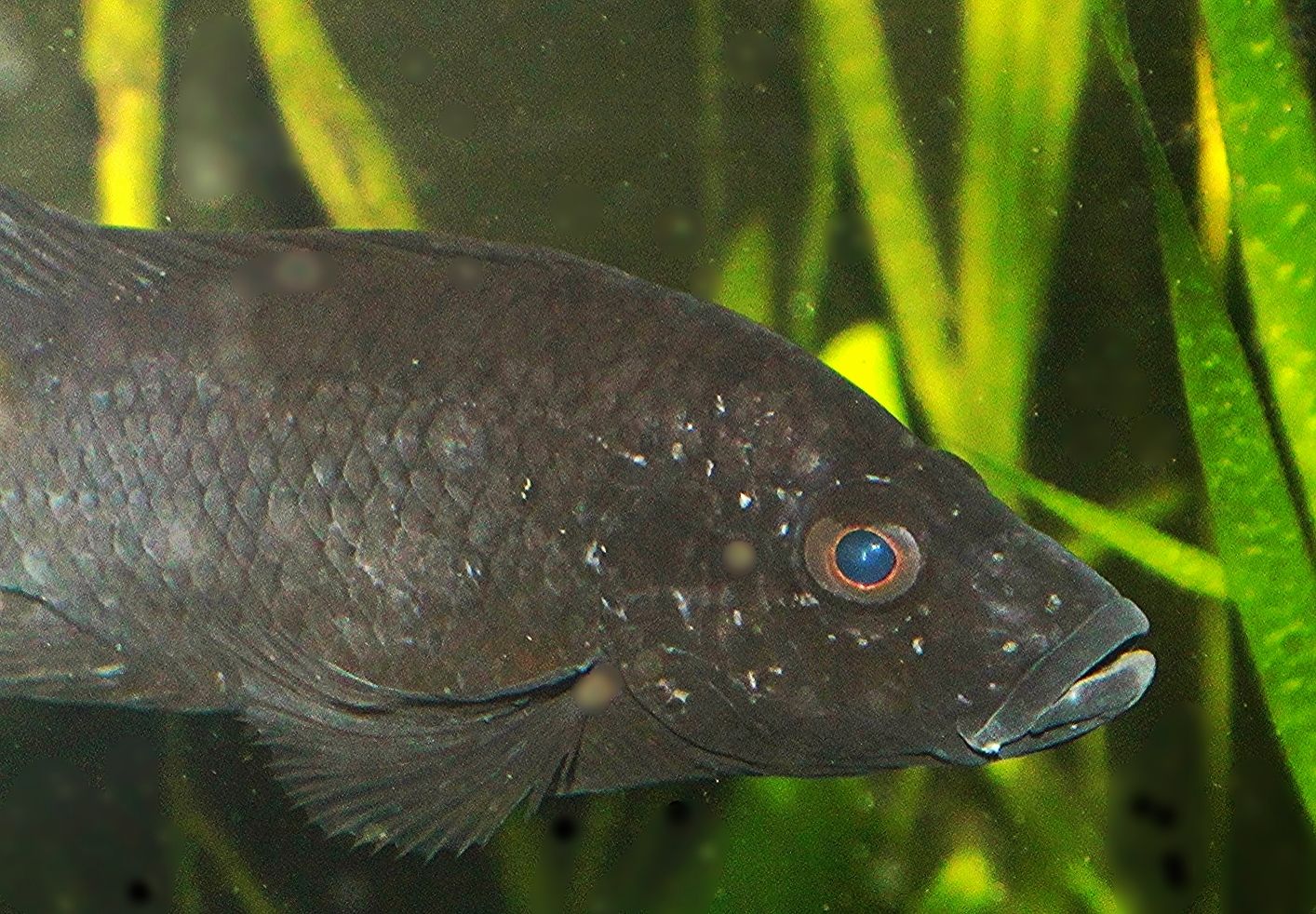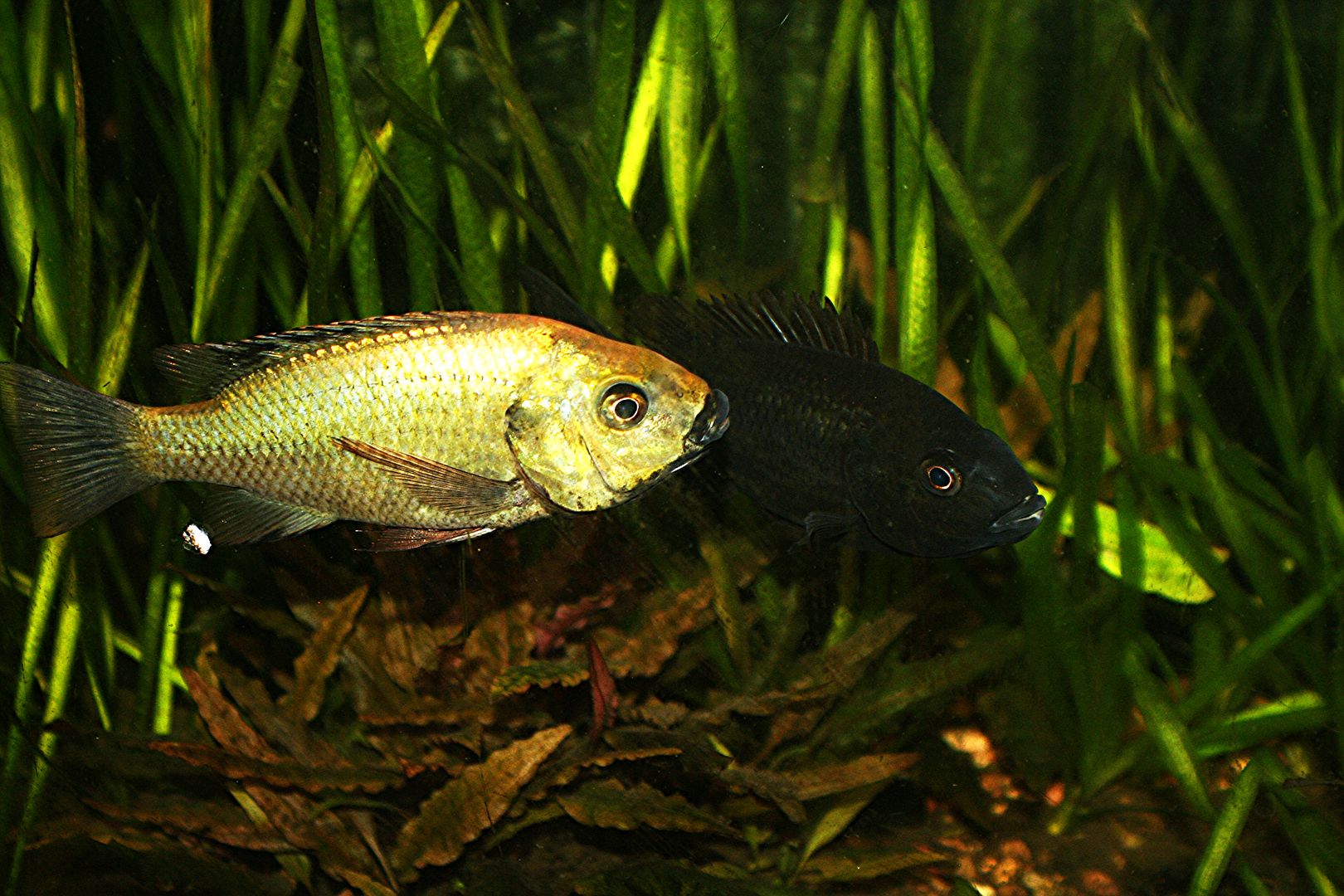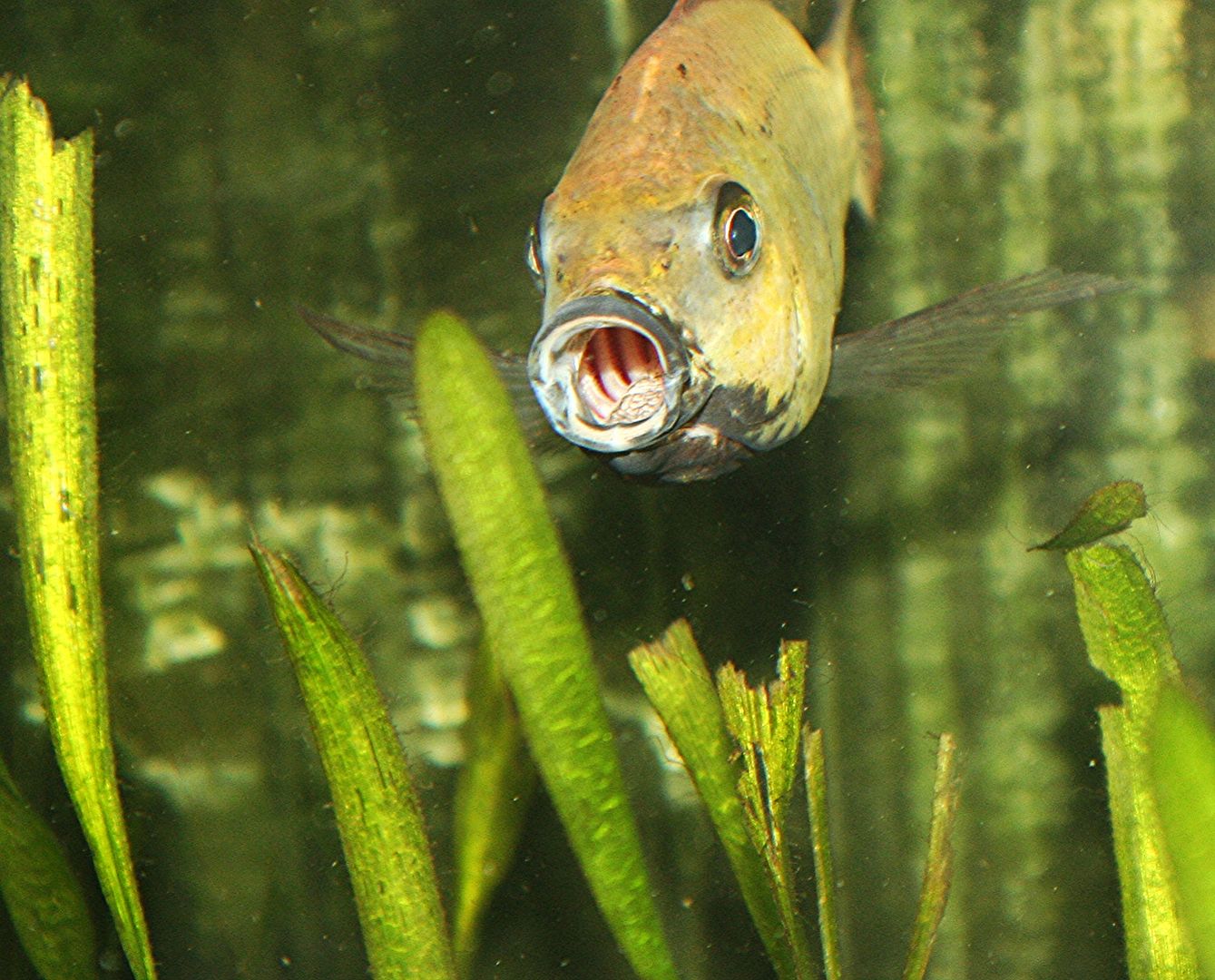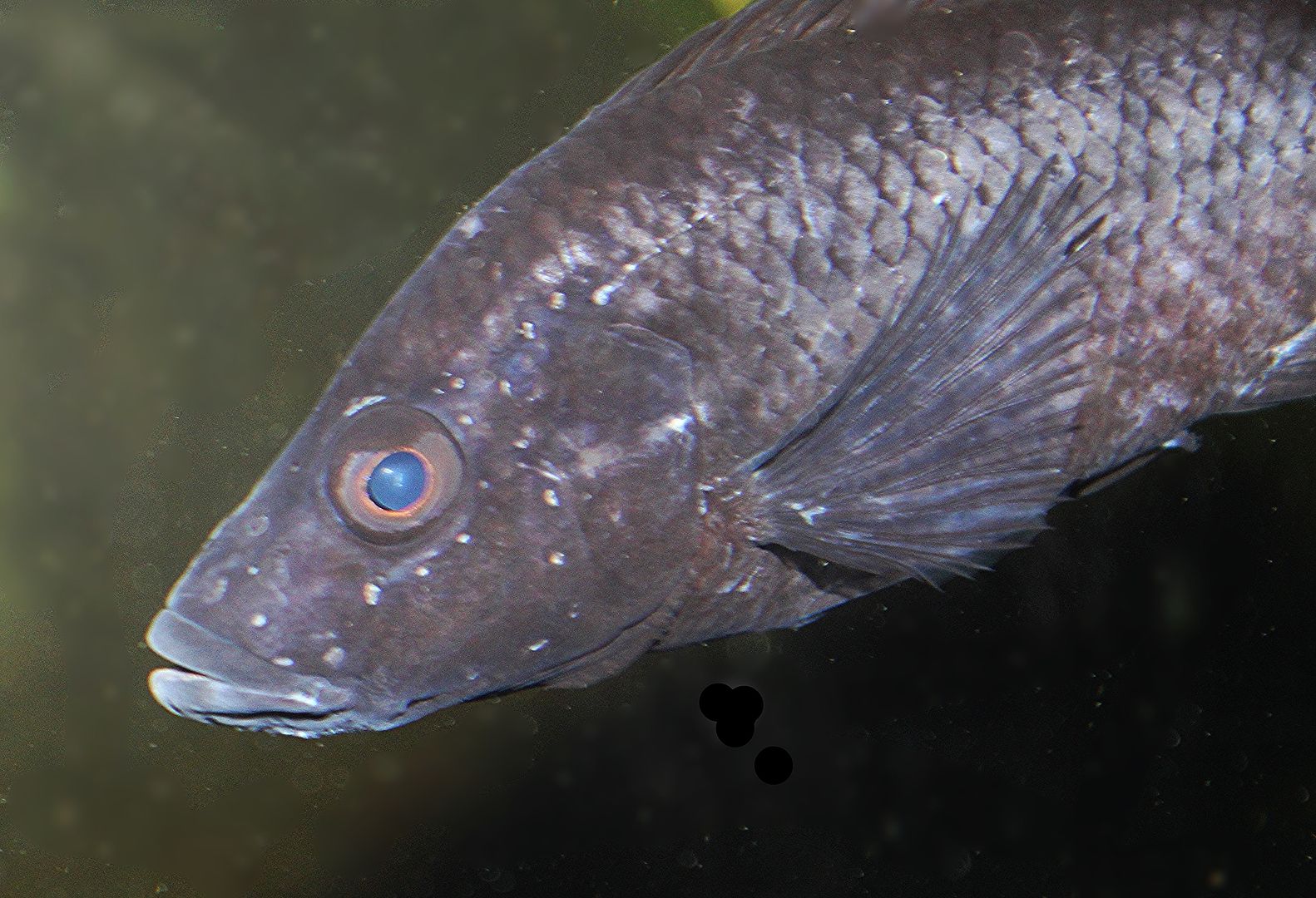Those fish look great! Unfortunately I keep only SA fish. I don't think I'd be able to keep them.I used rock salt, or water softener salt from any home improvement center (Home depot, Menards, or Lowes) salt is salt (Na Cl). The water softener salt, pure enough to be considered for potable use.
The fish with ick in my pics, are Saratherodon linnellii, a cichlid endemic to a small crater lake in Cameroon called Barumbi mbo, they area small Tilapine.
Here's a few pics of some healthy.
Another of my favorite fish from the lake is small predator called Stomatepia pindu, the white spots on the head are cephalic pits used to sense prey, in the substrate

Don't people say that you cannot use any old salt due to the way it is processed? If the Home Depot salt is fine I will be buying some today.
In regards to it's use, how much should I add to my filter? I don't want to overwhelm with too much salt. Also, will this salt affect my parameters?





